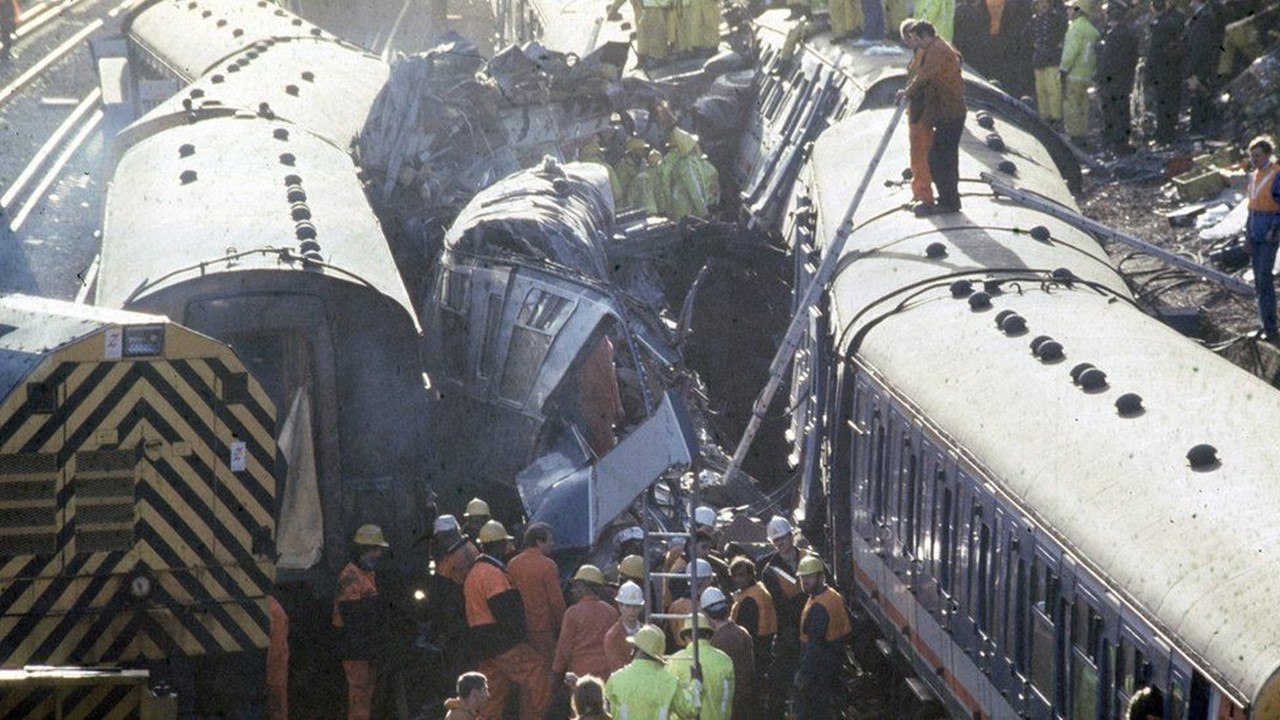Over the decades, as more people migrated into Selangor and Kuala Lumpur to make a living, the population of the Klang Valley grew exponentially and so did the traffic congestion. More people are now leaving their cars and choosing to ride on public transport to get to work and back. This seems like a better option as opposed to sitting in standstill traffic for hours just to commute from one place to another especially during peak hours. Hence, railway services have become a significant mode of public transportation for their convenience, comfort and efficiency.
Although railway accidents are rare, the railway system, like all transport modes, is not infallible and the damage could be massive when the unexpected happens. The most recent example would be the head-on collision that happened back in May 2021 on the Kelana Jaya Line between a manually-driven empty train and an automated operating train carrying 213 passengers. It has been recorded as the worst railway accident in Malaysia to date with six patients needing critical care. Various technical resources, besides necessary support for the victims, were quickly mobilised to enable adequate recovery of railway operations four days after this shocking incident. After a two-week investigation, the Transport Ministry reported that the unfortunate accident was caused mainly by human and procedural errors.
There are previous incidents in other countries that were much worse than what happened in Malaysia involving different issues. Back in 1988, an accident involving three trains happened in London due to faulty wiring and signalling. The Clapham Junction railway crash took 35 lives with almost 500 injured. A more recent accident that claimed 79 lives and injured 140, happened in the northwest of Spain at Santiago de Compostela in 2013. Black box data showed that all 13 train cars derailed while travelling at more than double the speed limit (80km/h) on the track at 179km/h. The driver of the train was charged with homicide by professional recklessness.

Every form of transportation, be it rail, aviation, maritime or road, has its own safety levels, standards, and measures. Since trains carry a lot of passengers and rail accidents can cause a large number of fatalities and heavy loss of assets, a very high level of safety is required. It must also be noted that trains move on fixed rails and are massive both in terms of size and tonnage. As such, when travelling at high speed, it is technically harder to stop within a short distance when facing obstacles, unlike road vehicles. The railway system is comprised of many disciplines and this reflects the complexity of railway operations. These disciplines include:
a. Permanent way (tracks, bridges)
b. Rollings stocks (vehicles that move along a railway)
c. Signalling and communications (ensures train separation and speed control)
d. Train operation and control (operating procedures and rules)
e. Power supply systems
f. Civil (fire detection and preventions, ventilations)
g. Security (trespassing, vandalism, sabotage)
In the initial days with basic signalling systems, collisions and derailments were quite common, as the track vacancy proving was unavailable. In the later stage, when the route could be secured by the interlocking, accidents still happened due to the driver’s mistake. Then came the train control system. Now, the emerging challenge with the introduction of digital technologies, is that the railway system has become more heavily controlled by complex software and electronics. However, when accidents and incidents do happen, these are often attributed to human error.
The railway system comprises a very complex technical system in which the railway personnel have to be integrated into the system as much as the mechanical parts to ensure safe and effective operations. Therefore, human factors should be taken into account, whereby the railway design has to create a human-centred working environment to optimise performance and minimise risk. Human operators are maintained as a crucial part of ensuring the safety of the railway system, especially in failure scenarios. They have to stay alert, maintain situational awareness and follow procedures strictly in times of emergencies. It takes years to train railway personnel and even more time for them to understand the intricate details of railway safety. At the same time, they have to catch up with fast-moving technologies which often lead to a short supply of experienced railway personnel. Hence, oftentimes railway companies end up outsourcing expertise to assist with the meticulous process of validation, verification and assessment to ensure the safety and integrity of the system.
As safety is at the forefront of transport planning, operations and maintenance, ASAP Mobility, a railway system engineering consulting company, brings a wide range of safety-related competence under one roof. Headquartered in Malaysia, ASAP Mobility has a dynamic team of local railway engineering experts, ex-government officials, management experts and strategists to provide effective solutions to make rail transport safer, swifter and more efficient. ASAP Mobility is playing a significant role in the railway industry in Malaysia, the Southeast Asian region and in other countries by providing a high level of expertise.
Learn more about what ASAP Mobility has to offer: https://asapmobility.com.my/
This content is provided by ASAP Mobility
Interested in having your announcements on Malaysiakini? Contact the announcements team at [email protected] or WhatsApp on +60 17-323 0707 for urgent matters.

